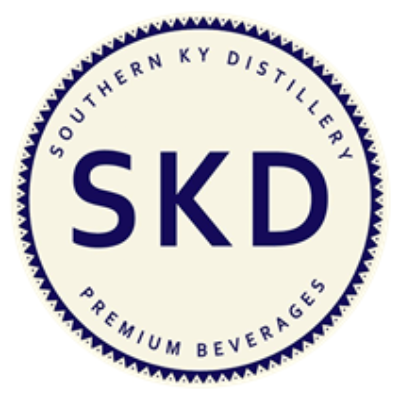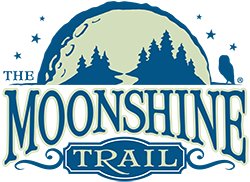The History of Kentucky Moonshine
The history of Kentucky moonshine is deeply intertwined with the cultural and economic fabric of the Appalachian region. Moonshining, the practice of producing homemade alcohol, has roots that trace back to the Scots-Irish immigrants who settled in the Appalachian Mountains. These settlers brought with them distillation techniques and a tradition of making corn mash liquor, which became a staple in the region due to the abundance of corn.
Table of Contents
Toggle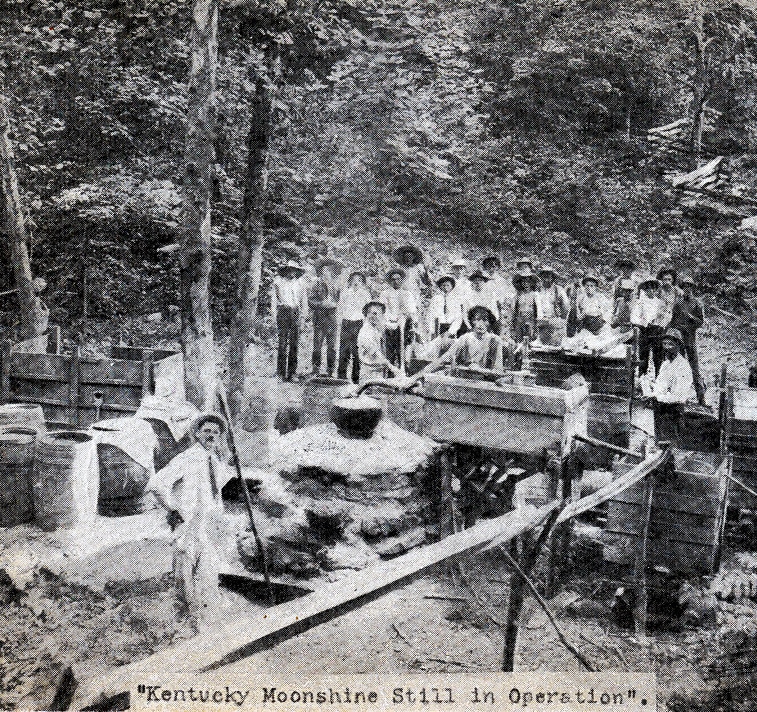
Early History and Cultural Significance
The origins of moonshine in Kentucky can be linked to the Whiskey Rebellion of 1794, a protest against the federal whiskey tax. This led many distillers to flee Pennsylvania and settle in Kentucky, contributing to the state’s burgeoning bourbon industry. Moonshine became a symbol of independence and self-reliance, capturing the public’s imagination and becoming part of American folklore.
The Impact of Prohibition on Kentucky Moonshine
The enactment of the Eighteenth Amendment in 1919, which prohibited the manufacture and sale of alcohol, significantly impacted moonshining. The Volstead Act, which enforced Prohibition, turned moonshining into a clandestine operation conducted under the cover of night, hence the name “moonshine”. This period saw a surge in illegal distillation and bootlegging, as families like the Neeleys in Kentucky continued their operations despite the legal risks.
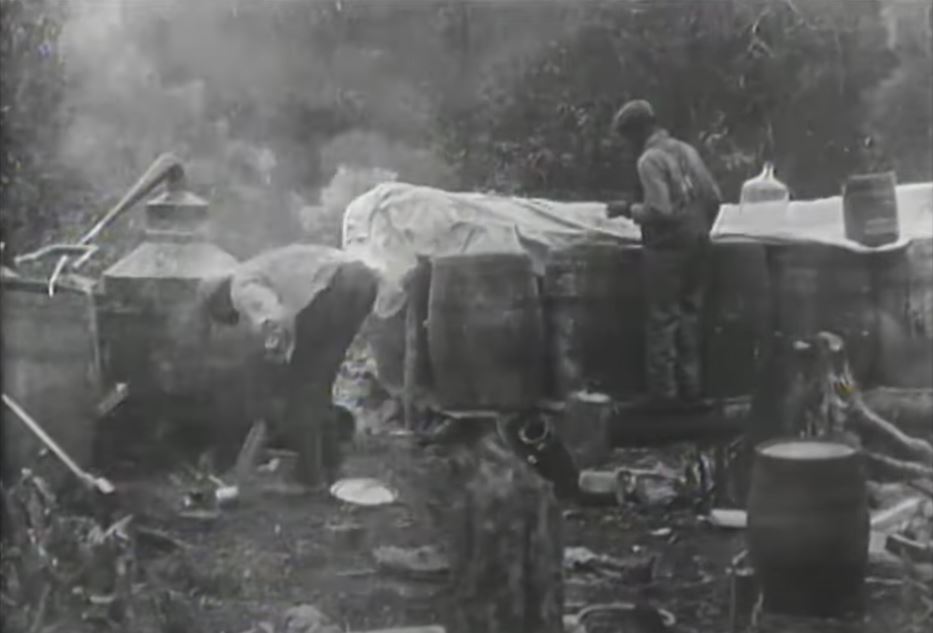
Techniques and Challenges
Moonshine production involved complex techniques and required moonshiners to be resourceful in evading law enforcement. The process typically involved creating a mash from corn, fermenting it, and then distilling it using a still. The thump keg, a device used to distill the output a second time, increased the potency of the moonshine without needing to run it through the still twice. Moonshiners often operated in remote, mountainous areas to avoid detection, leading to a cat-and-mouse game with law enforcement.
Legacy and Modern Recognition of Kentucky Moonshine
Despite its illegal status for much of history, moonshine has become a celebrated part of Kentucky’s heritage. Families like the Neeleys have preserved their moonshining traditions, passing down recipes and stories through generations. Today, moonshine is legally produced and celebrated as part of Kentucky’s rich distilling history. Book a distillery tour near you.
Overall, the history of Kentucky moonshine is a testament to the ingenuity and resilience of the Appalachian people, reflecting broader themes of resistance and adaptation in American history.
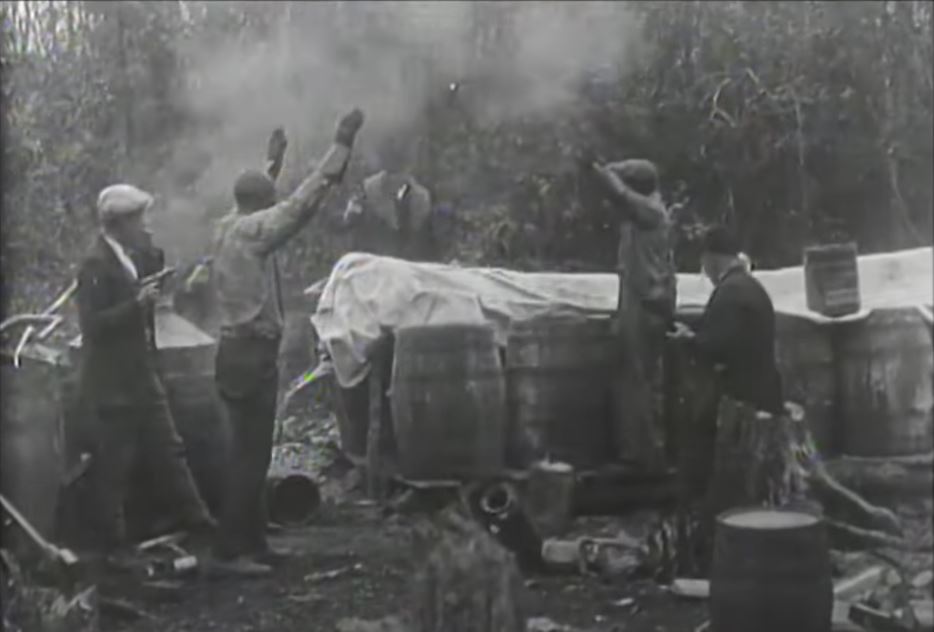
What are some famous stories or legends about Kentucky moonshiners?
Kentucky moonshiners have been the subject of numerous stories and legends, reflecting their significant role in American folklore and history. Here are some famous stories and legends about Kentucky moonshiners:
- The Neeley Family: The Neeley family is well-known for their moonshining and bootlegging history in Kentucky. Their story is marked by gunfire, murder, and even an attempt to burn down a courthouse in Owsley County. The Neeleys, who originally came from Ireland, settled in Eastern Kentucky and continued their moonshining operations through Prohibition and beyond, despite frequent run-ins with the law.
- The Legend of Big Six: Big Six was a legendary moonshiner in Kentucky whose exploits were featured in a History Channel documentary titled “Rumrunners, Moonshiners and Bootleggers.” His story is part of the rich tapestry of moonshining lore in the region, highlighting the daring and often dangerous lives of those involved in the trade.
- Moonshiners and Lawmen: In Southern Kentucky, retired moonshiners and lawmen who once chased them share stories of their encounters. These tales often involve clever tricks used by moonshiners to evade capture, such as tunneling into distilleries or using thump kegs to increase the potency of their product. The interviews with figures like Russell Stockton, a former law enforcement officer, and Wheeler Stenson, a longtime moonshiner, provide a glimpse into the cat-and-mouse game between moonshiners and revenuers.
These stories and legends capture the spirit of entrepreneurship and independence that characterized Kentucky moonshiners, making them enduring figures in American history and culture.

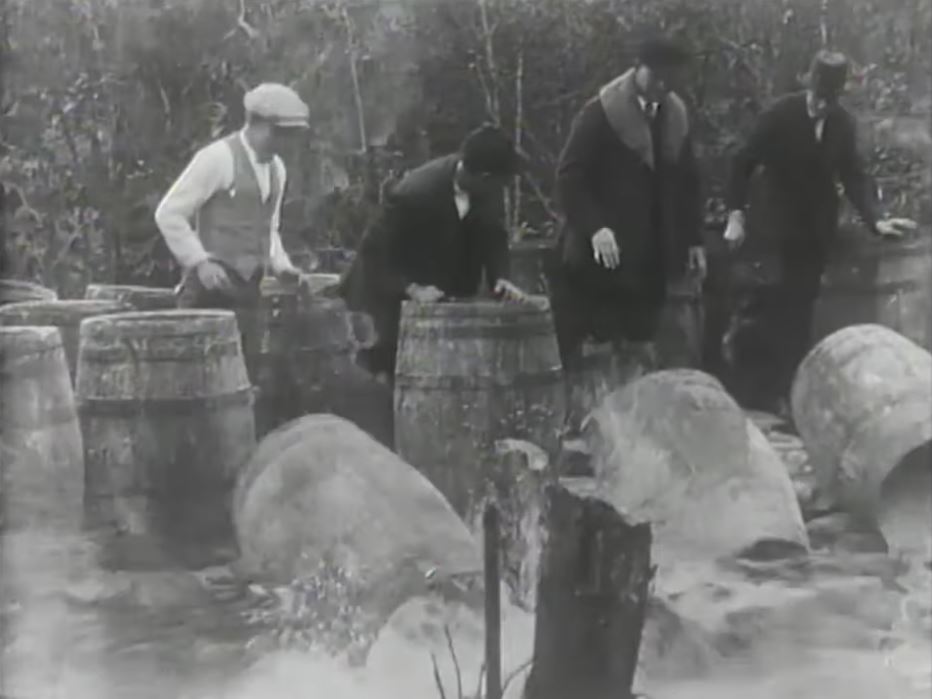
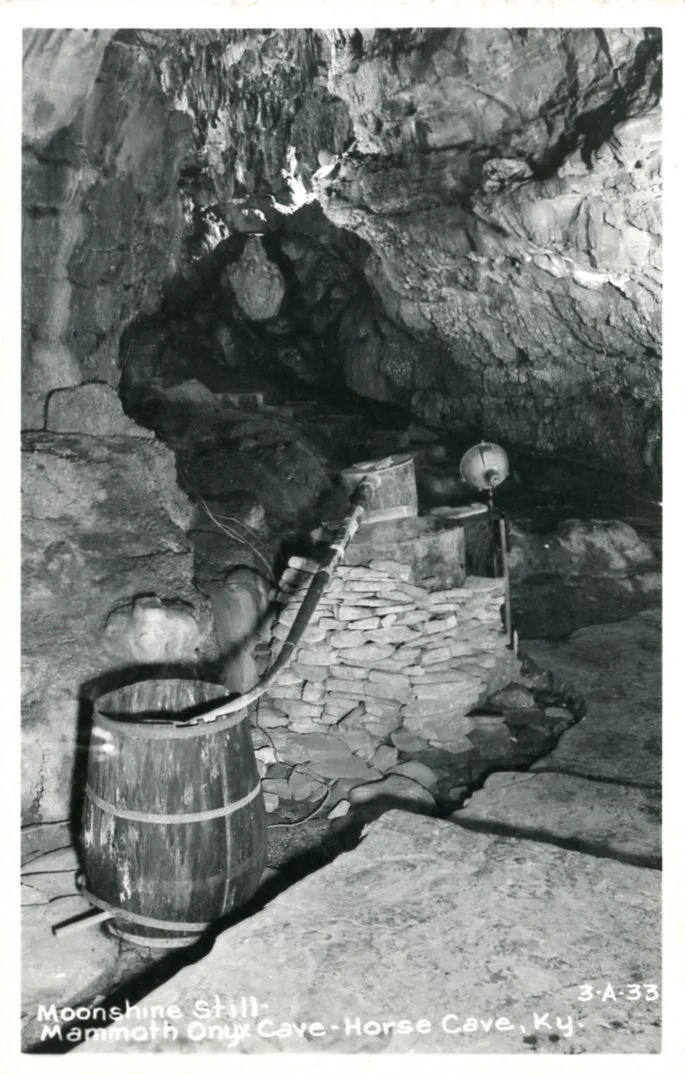
The Use of Caves in Kentucky Moonshine History
As of January 2023, the Kentucky Speleological Survey, a nonprofit organization, has documented more than 5,000 caves in Kentucky, which is fourth in the country for the number of officially documented caves. Many moonshiners hid their operations in Kentucky caves.
Secrecy and Protection
- Natural Concealment: Caves provided an ideal location for moonshiners to hide their operations from law enforcement. The remote and often inaccessible nature of caves made them difficult for authorities to discover and raid.
- Consistent Environment: The stable temperature and humidity levels in caves were beneficial for the fermentation and distillation processes, ensuring a consistent product.
- Spring water: The distilling process requires a large amount of fresh spring water. Many caves in the area also contain natural spring water.
Some of the more notable moonshine caves include Mammoth Onyx Cave and the Moonshine Cave at Red River Gorge.
What are some historical moonshine terms used in Kentucky?
Kentucky’s moonshining history is rich with unique terminology that reflects the craft’s clandestine nature and the ingenuity of those who practiced it. Here are some historical moonshine terms used in Kentucky:
- White Lightning: A nickname for moonshine, highlighting its clear appearance and potent effects.
- Pop-Skull: A colloquial term for moonshine, suggesting its strong and potentially harmful effects on the drinker.
- Mountain Dew: Another nickname for moonshine, often used in songs and folklore, emphasizing its origins in the Appalachian Mountains.
- Pot: Where the alcoholic mash is converted to steam.
- Flake Stand: The condenser.
- Worm: The coil inside the condenser where the steam from the mash is converted back into liquid moonshine.
- Thumper or Thump Keg: The product is condensed a second time in a thump keg to increase potency. A piece of corn is tossed into the keg, making a thumping noise.
- Bootleg: Originally referring to transporting bottles hidden in your boots. it has also come to describe the product itself.
- Beer: In the context of moonshining, this term refers to the mash before it is distilled into moonshine.
- Revenuers: Federal agents who collected taxes from moonshiners in Kentucky and other states. They were often met with hostility, and some were even attacked and run out of town.
- “Holler”: This is the local pronunciation of the word hollow, which is a small valley where two mountains meet. These hollers were good hiding places for moonshiner operations and were also sources of the spring water needed in the distillery process.
These terms not only reflect the technical aspects of moonshining but also the cultural and historical context in which the practice thrived in Kentucky.
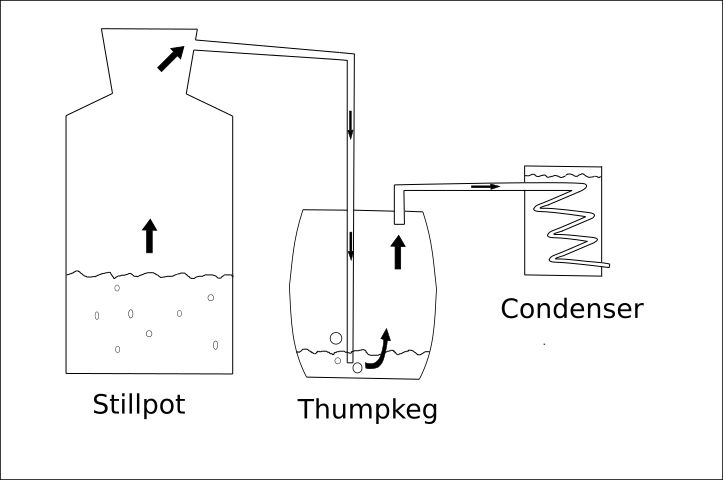
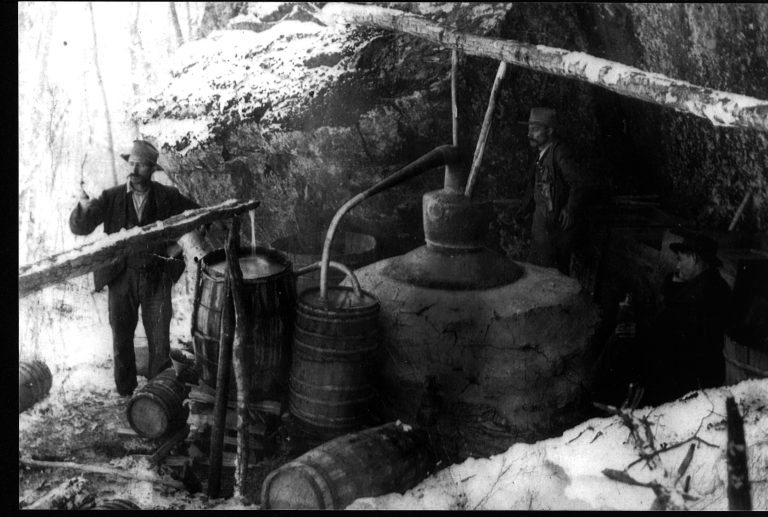
Traditional moonshine recipes still used in Kentucky
In Kentucky, traditional moonshine recipes have been passed down through generations and are still used today, reflecting the state’s rich distilling heritage. Here are some aspects of these traditional recipes:
- Charcoal Filtering: Many traditional recipes involve charcoal filtering, a process that helps to purify the moonshine and enhance its flavor. This method is part of the authentic distilling culture in the Appalachian region of Kentucky.
- Corn Mash Base: The primary ingredient in traditional Kentucky moonshine is corn mash. This base is fermented and then distilled to produce the high-proof spirit known for its clarity and potency.
- Flavored Moonshines: While the classic moonshine is typically unflavored, modern distilleries in Kentucky, such as Southern Kentucky Distillery, offer flavored varieties that build on traditional recipes. These include options like fruit-infused moonshines, which add a contemporary twist to the age-old craft.

Are there any specific events or festivals in Kentucky that celebrate moonshine history?
Kentucky hosts several events and festivals that celebrate its rich moonshine history. Here are some notable ones:
- Kentucky Moonshine Festival: This festival is hosted by Boundary Oak Distillery and Red Hill Cutlery, and it takes place on June 15, 2024. The event features live Bluegrass music, a cornhole tournament, food trucks, and vendors. It celebrates Kentucky’s moonshine heritage with drinks inspired by traditional moonshine.
- Beattyville Bourbon & Moonshine Festival: Held in Beattyville, Kentucky, near the Red River Gorge, this festival celebrates both bourbon and moonshine. It includes tastings, live music, and a panel of distillers sharing their stories. The festival highlights the moonshine history of the Appalachian region.
- Moonshine Music and Makers Festival: Scheduled for September 13-14, 2024, in downtown Pikeville, this festival brings together live performances, visual arts, and regional food and beverages. It celebrates Appalachian heritage and features handcrafted works of art.
- The Moonshiner’s Ball: This four-day music festival is held annually at Rockcastle Riverside in Livingston, Kentucky. It combines live music, art, and family activities with a focus on moonshine and local culture. The event includes on-site distilling workshops and showcases Kentucky’s moonshine traditions.
These festivals offer a mix of cultural, educational, and entertainment experiences, highlighting the historical significance and modern appreciation of moonshine in Kentucky.
Conclusion – Kentucky Moonshine History
Exploring the rich history of moonshine in Kentucky offers a unique glimpse into the state’s cultural heritage, marked by resilience, innovation, and a spirit of independence. From its early beginnings in the Appalachian Mountains to its modern revival as a celebrated craft, moonshine has become an integral part of Kentucky’s identity.
Southern Kentucky Distillery in Burkesville stands out as a premier destination for those looking to experience this legacy firsthand. With a commitment to honoring traditional distilling methods and a focus on community engagement, the distillery offers visitors an opportunity to learn about the art of moonshine production while enjoying tastings of their unique spirits.
Don’t miss the chance to immerse yourself in this fascinating history! Book a moonshine tour and tasting at Southern Kentucky Distillery today!
